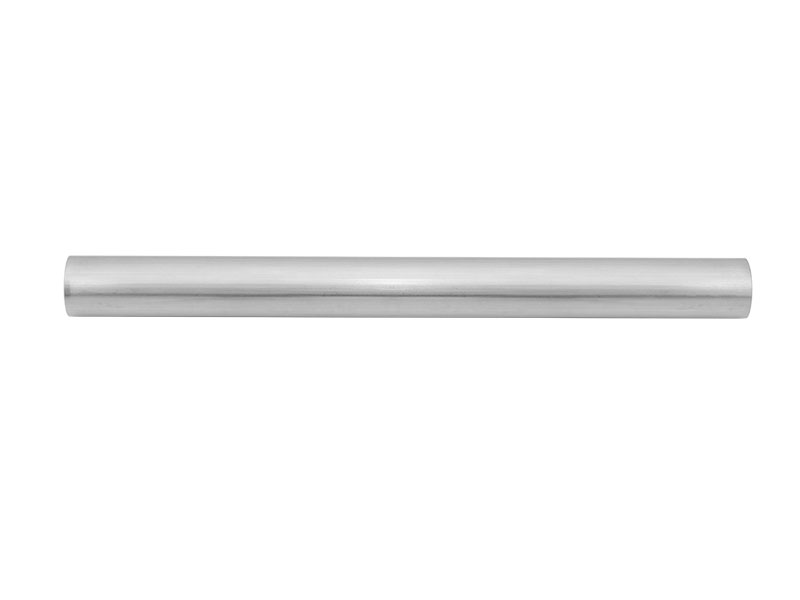Abstract:Stainless steel welded pipe is a commonly used pipe material and has a wide range of applications in industry and construction. In order to improve th
Stainless steel welded pipe is a commonly used pipe material and has a wide range of applications in industry and construction. In order to improve the corrosion resistance of stainless steel welded pipes, this article will share some effective methods and measures to help you create a corrosion-resistant pipeline system.
Choose the right stainless steel material
The corrosion resistance of stainless steel welded pipe is closely related to the selected stainless steel material. Different stainless steel materials have different corrosion resistance properties, so when selecting materials, the appropriate stainless steel grade should be selected according to the specific working environment and medium. Generally speaking, 316L stainless steel has better corrosion resistance and is suitable for harsher corrosive environments, while 304 stainless steel is suitable for general corrosive environments.

Proper welding and handling
Proper welding and processing procedures are essential to improve the corrosion resistance of stainless steel welded pipe. During the welding process, appropriate welding methods and parameters should be selected to avoid excessive heat-affected zones to reduce the risk of intergranular corrosion. In addition, appropriate heat treatment, such as annealing or solution treatment, should be performed after welding to restore the structural structure and corrosion resistance of stainless steel.
Protective coatings and anti-corrosion treatments
In order to further improve the corrosion resistance of stainless steel welded pipe, a protective coating or anti-corrosion treatment can be applied to the surface of the pipe. Protective coatings can provide an additional physical barrier against corrosion of pipes by external media. Common protective coatings include epoxy, polyurea, and polyester. Anti-corrosion treatment can use electrochemical methods, such as anode protection or cathodic protection, to form a protective layer and reduce the occurrence of corrosion.
The corrosion resistance of stainless steel welded pipe can be effectively improved by selecting appropriate stainless steel materials, correct welding and processing methods, and taking protective coatings and anti-corrosion treatment measures. In the industrial and construction fields, corrosion-resistant piping systems can ensure long-term stable operation, reduce maintenance costs, and ensure the smooth progress of the process. Therefore, paying attention to the selection of pipeline materials and treatments, as well as the adoption of protective measures, are crucial to creating a corrosion-resistant pipeline system.
